Optimal Timing for Brush Clearing
Brush clearing is an essential maintenance activity that helps prevent wildfires, manage land health, and improve property aesthetics. The timing of these activities can significantly influence their effectiveness and safety. Understanding the optimal periods for brush clearing ensures that land management efforts are both efficient and sustainable.
Spring is ideal for brush clearing before new growth begins, reducing fire risk and promoting healthy regrowth.
This period allows for removal of dry, dead vegetation, reducing fire hazards during the dry season.
Clearing after winter helps manage accumulated debris and prepares land for the growing season.
Avoid clearing during peak plant growth to prevent unnecessary damage and promote rapid recovery.

Ways to make Brush Clearings work in tight or awkward layouts.

Popular materials for Brush Clearings and why they hold up over time.

Simple add-ons that improve Brush Clearings without blowing the budget.
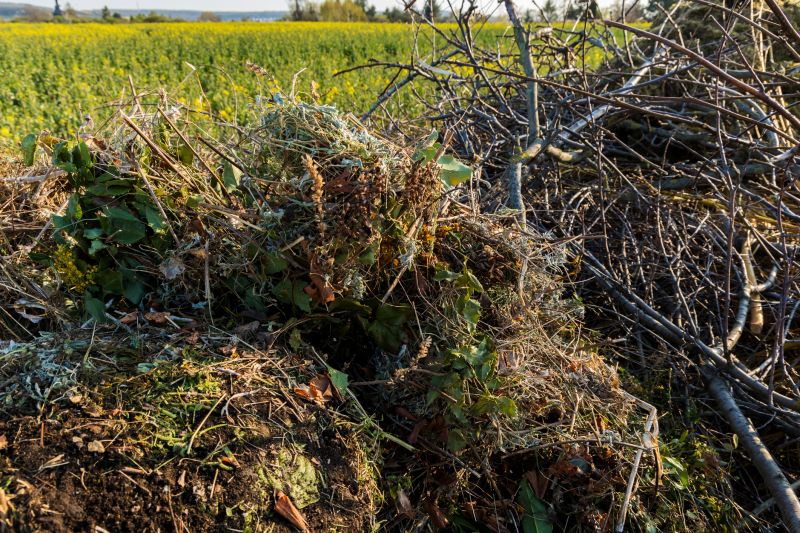
High-end options that actually feel worth it for Brush Clearings.

Finishes and colors that play nicely with Brush Clearings.

Little measurements that prevent headaches on Brush Clearings day.
Brush clearing involves removing overgrown vegetation, dead branches, and other combustible materials from land areas. Proper timing enhances fire prevention, supports healthy plant growth, and maintains land aesthetics. Regular clearing reduces the risk of wildfires and allows for better land management practices.
Statistics indicate that timely brush clearing can reduce wildfire risks by up to 70%. It also contributes to healthier ecosystems by promoting native plant growth and reducing invasive species. The activity is most effective when scheduled before the dry season, typically in spring or early fall, depending on regional climates.

A 60-second routine that keeps Brush Clearings looking new.
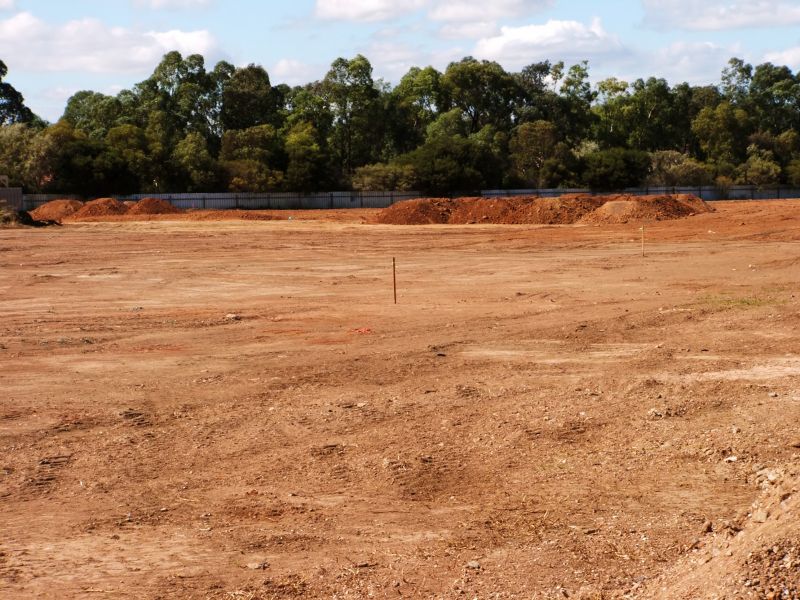
A frequent mistake in Brush Clearings and how to dodge it.

Small tweaks to make Brush Clearings safer and easier to use.
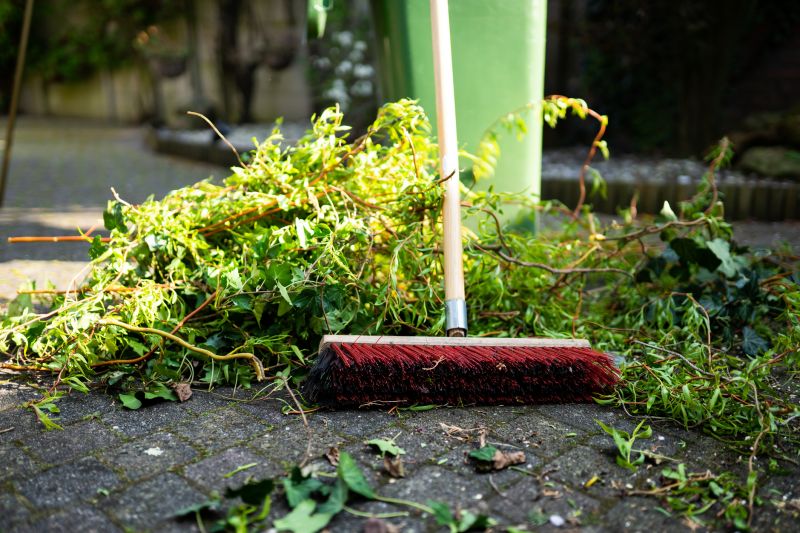
Lower-waste or water-saving choices for Brush Clearings.

The short, realistic tool list for quality Brush Clearings.
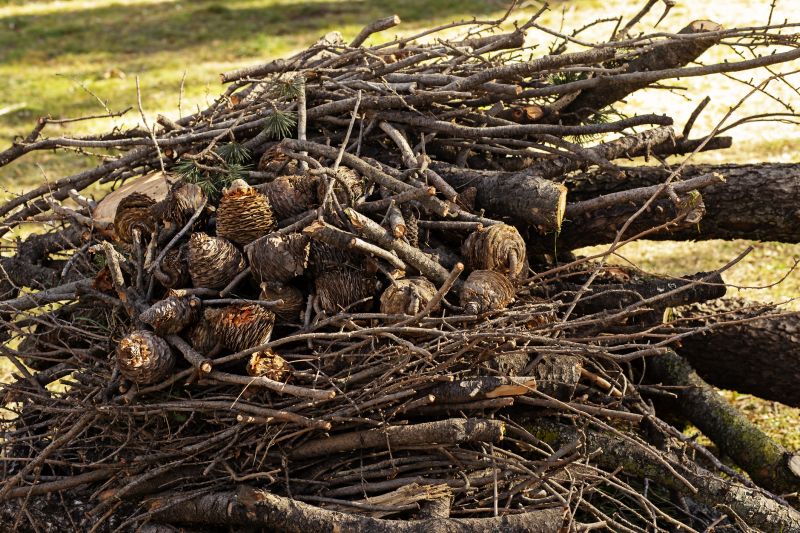
Rough timing from prep to clean-up for Brush Clearings.
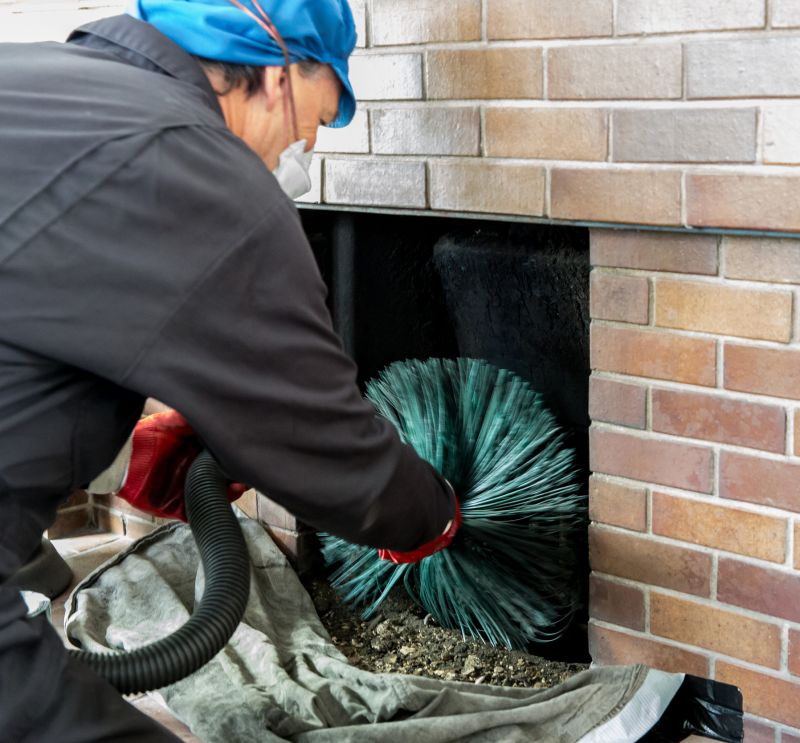
Quick checks and paperwork to keep after Brush Clearings.

Examples that show the impact a good Brush Clearings can make.
| Timing Aspect | Details |
|---|---|
| Spring | Ideal for pre-growth clearing to prevent fire hazards and encourage healthy regrowth. |
| Late Summer/Early Fall | Suitable for removing dry, dead vegetation before the dry season peaks. |
| Post-Winter | Effective for debris removal and land preparation for the upcoming growing season. |
| Avoid Peak Growth | Clearing during active growth periods can damage plants and delay recovery. |
| Regional Climate | Timing should consider local weather patterns for optimal results. |
Interested in scheduling a brush clearing? Filling out the contact form can provide more information and assistance tailored to specific land management needs.



